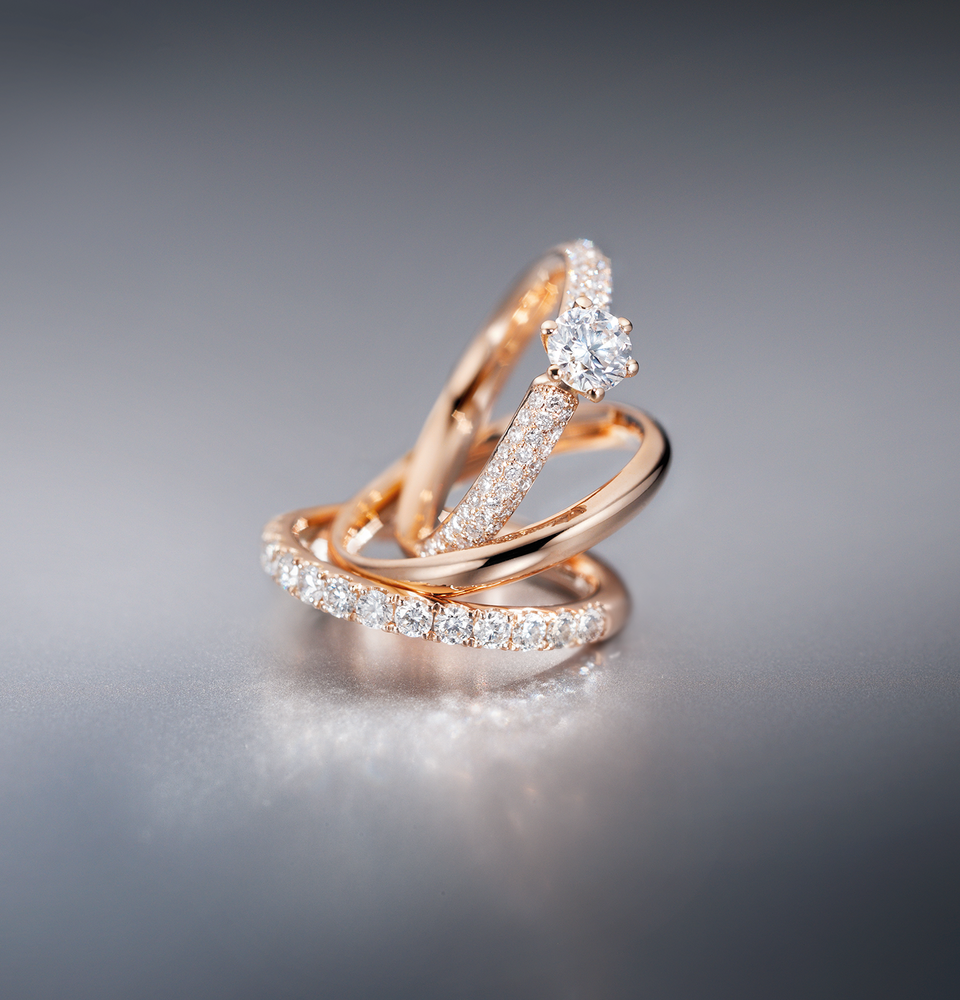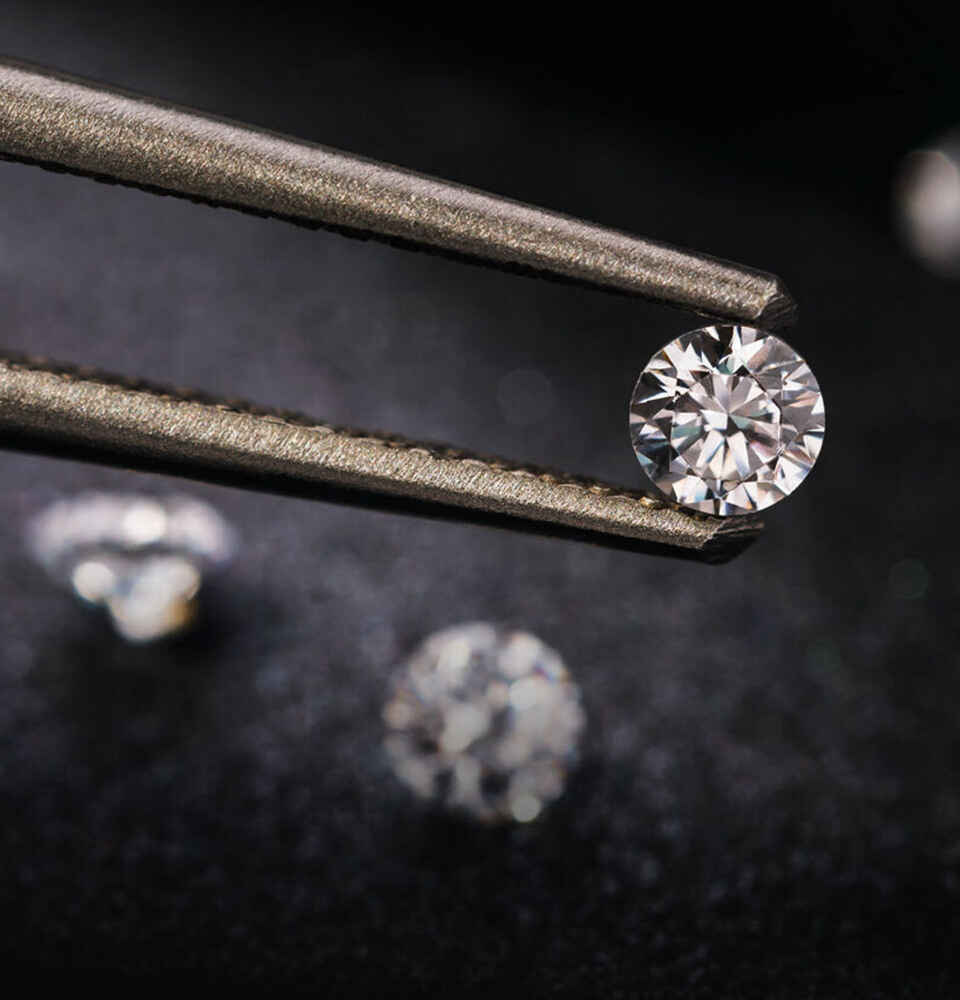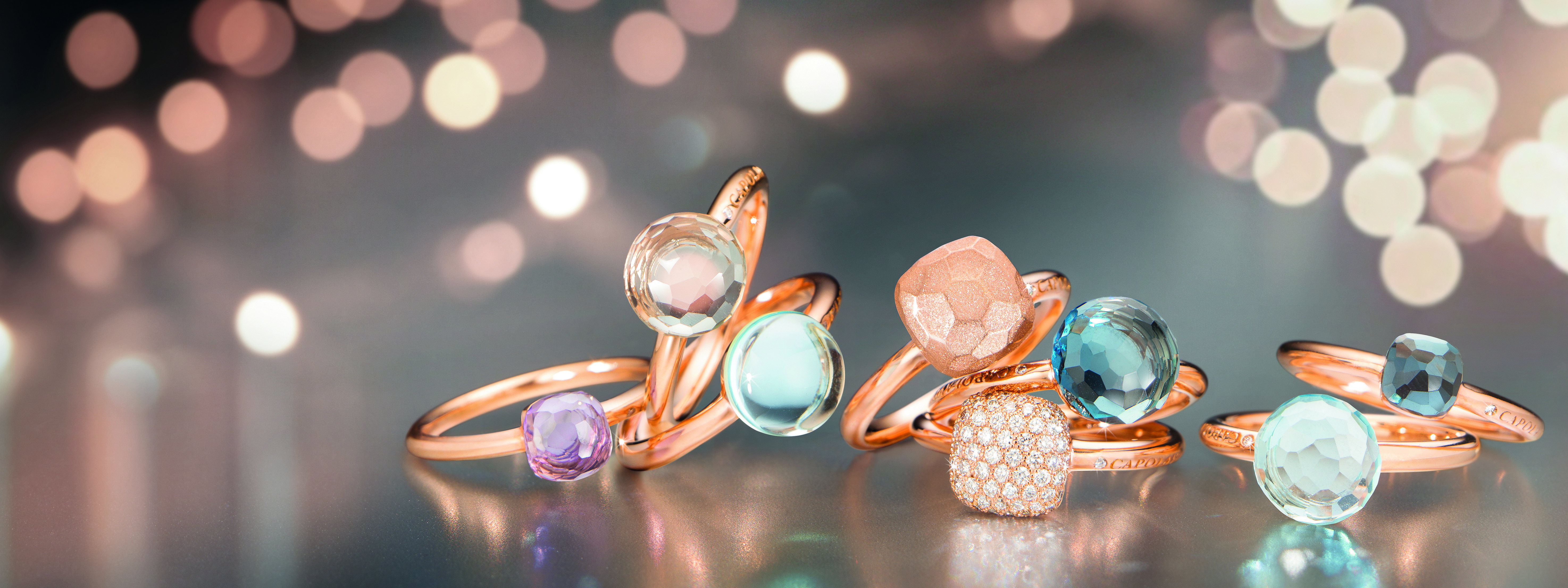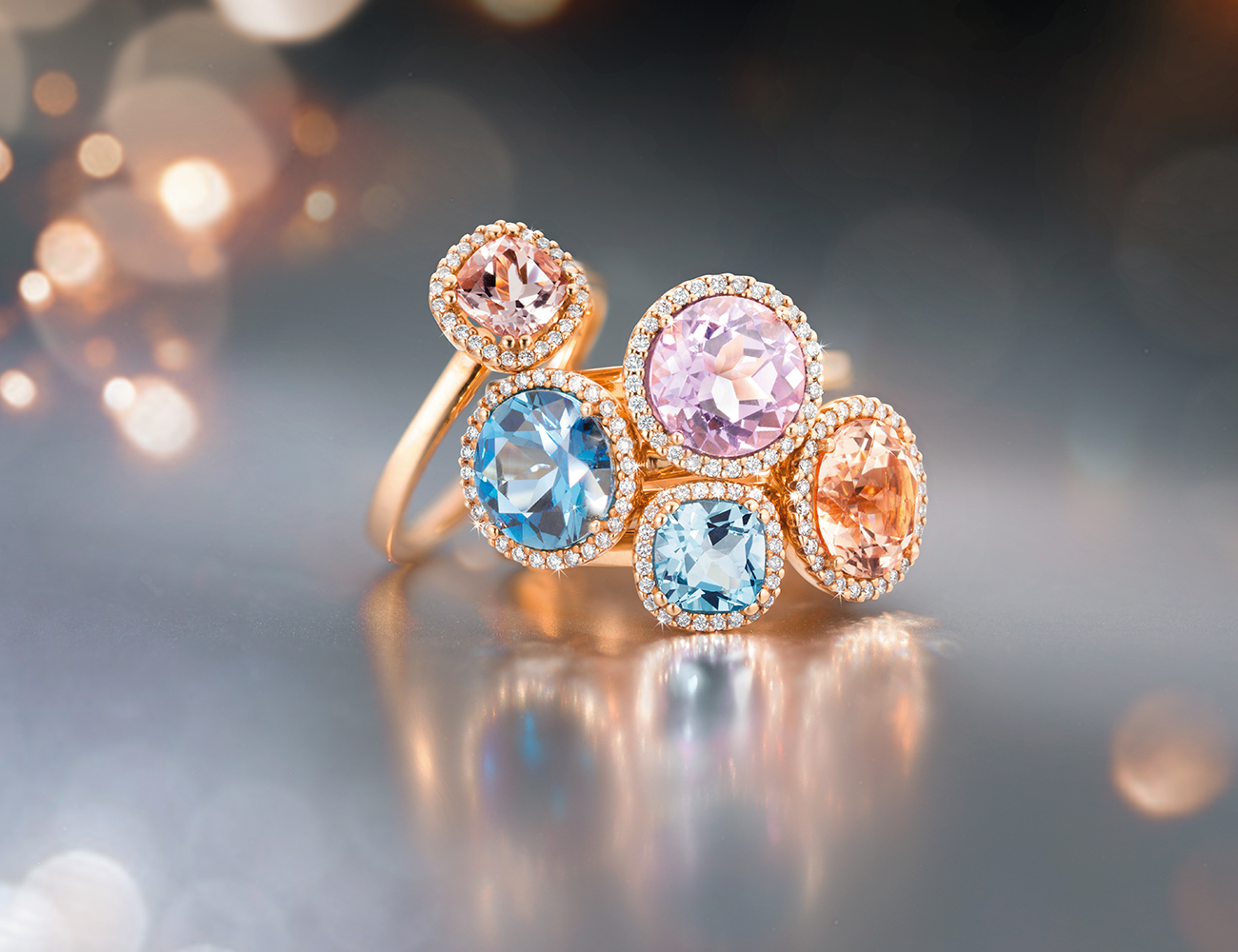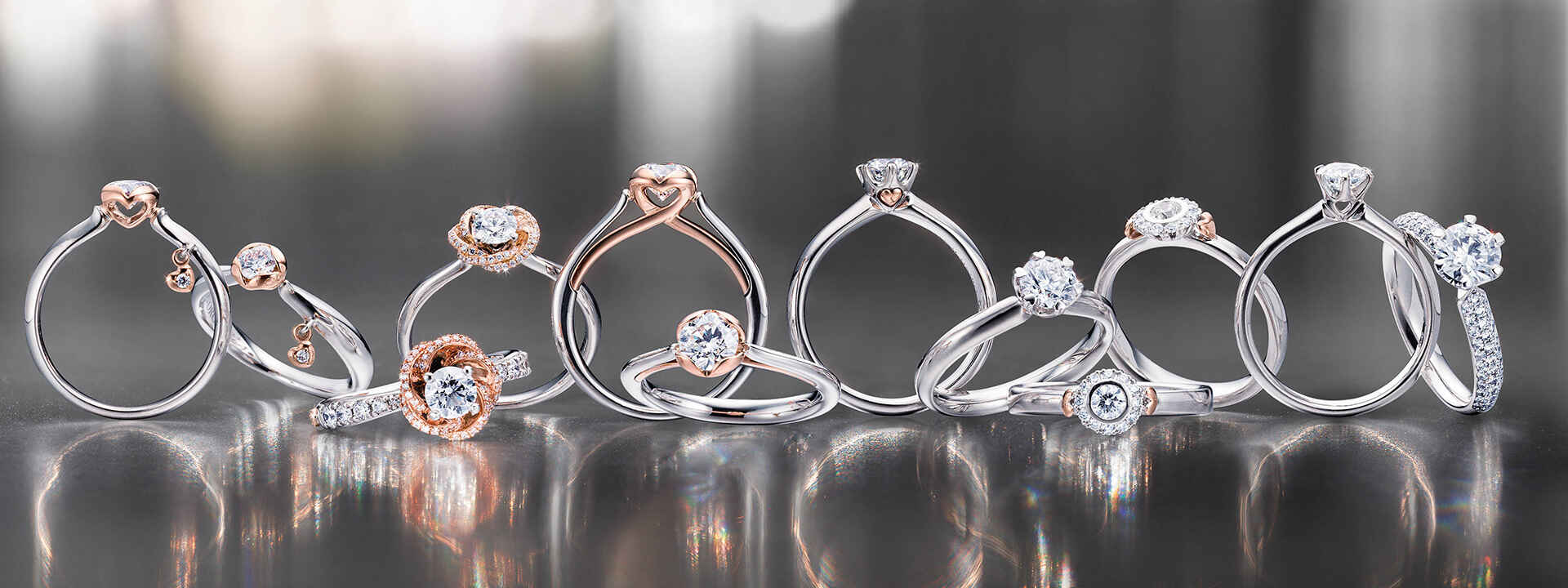
History and significance of the engagement ring
The engagement ring was invented by someone who was not allowed to marry himself: Pope Stephen I, who reigned as bishop in Rome from 254 to 257 AD. He advocated the indissolubility of the marriage covenant. The ring was to be presented by the man to the woman as a sign of the mutual promise of fidelity.
However, Pope Stephen I is not the inventor of the ring as such and also not the inventor of the wedding ring. The oldest ring finds are over 21,000 years old. And already with the old Egyptians rings are to have been exchanged as a sign of the love and loyalty with the marriage promise.
However, the meaning of the engagement ring has changed over time. In addition to the oath of fidelity, in Roman antiquity and in the early Middle Ages, the woman's ring was also a confirmation that the dowry had been received. The modern conception of the engagement and wedding ring is very well reflected in the church rite saying at the wedding ceremony: instead of the old phrase "Wear this ring as a sign of your fidelity", today the words "Wear this ring as a sign of my fidelity" are rather spoken by the couple at the ceremony.
Does the man also need an engagement ring? Yes. If the German and Austrian tradition is anything to go by, both partners wear an engagement ring. However, German and Austrian couples are relatively free with this tradition. They often take their cue from the USA: here, only the woman wears a ring, which is always set with a light-colored stone. For marriage, however, people all over the world choose separate rings.
In this country, the engagement ring is worn on the ring finger of the left hand, while the wedding rings traditionally belong on the right hand. This is due to the traditional belief in the vena amoris - the love vein - which was thought to be a direct connection from the left hand to the heart. In Switzerland, Southern Europe and North America, however, both the engagement and wedding rings are worn on the left hand.
An engagement ring doesn't have to gather dust in the jewelry box after the wedding. If you still want to wear the ring as a married couple, you can either leave it on your left hand or put it on the ring finger of your right hand above your wedding ring. To ensure that it still fits like a glove, we will be happy to adjust the ring size individually for you in our workshops.
Interesting to know: In Switzerland, Southern Europe and North America, the engagement ring moves from the left to the right hand after the wedding ceremony. So in the end, the two rings are worn the other way around here! In the event that an American marries a German or a Frenchwoman marries an Austrian, however, no one has yet come up with a rule.
Engagement rings are known only in Christianity. A wedding ring, in turn, also exists in Judaism, and here it plays a special role during the ceremony. For at the conclusion of the Jewish marriage covenant, an object of value must change from the husband's possession to that of the wife in the presence of three other people.
A golden ring is often used for this gesture, which the woman wears on her right index finger during the ceremony. Many women later put the ring on the ring finger of the left hand, even if it is not part of the official custom.
In Islam, wedding rings are not part of the wedding ceremony. Some Muslims, following the Christian custom, nevertheless opt for rings as a sign of commitment. The spouses wear them independently of each other on the hand of their choice. A fixed part of the Muslim wedding, however, is the morning gift before the marriage - for this the man gives the woman a ring or other jewelry.




